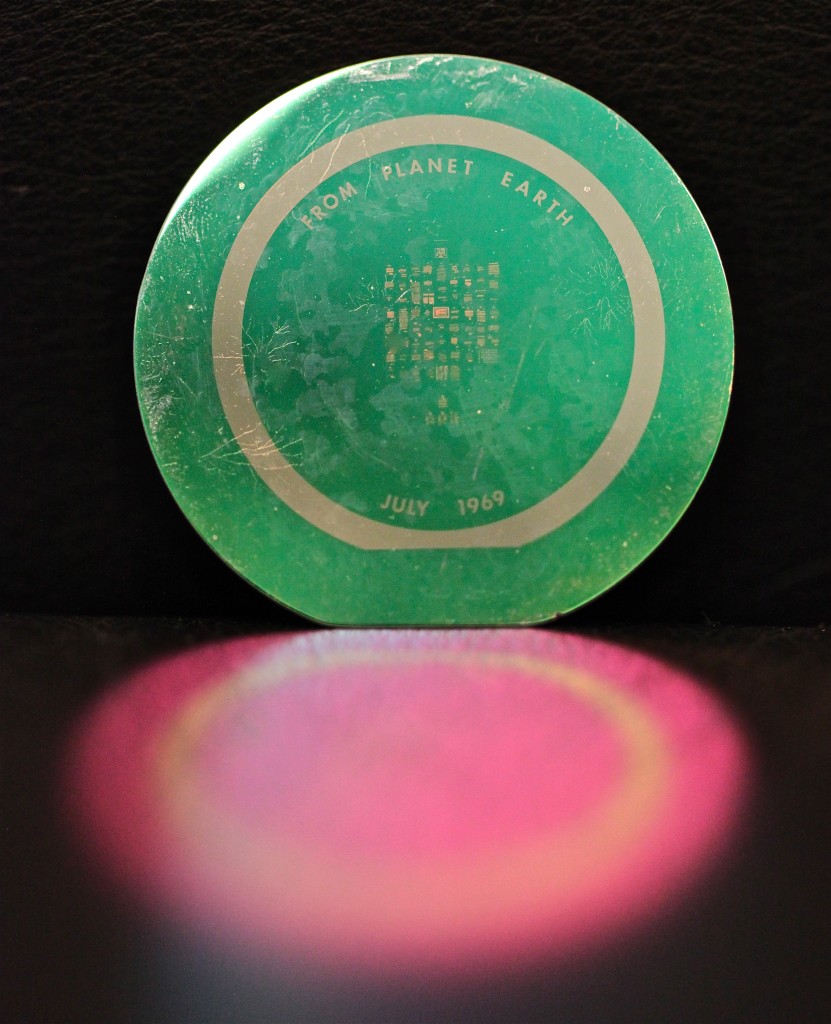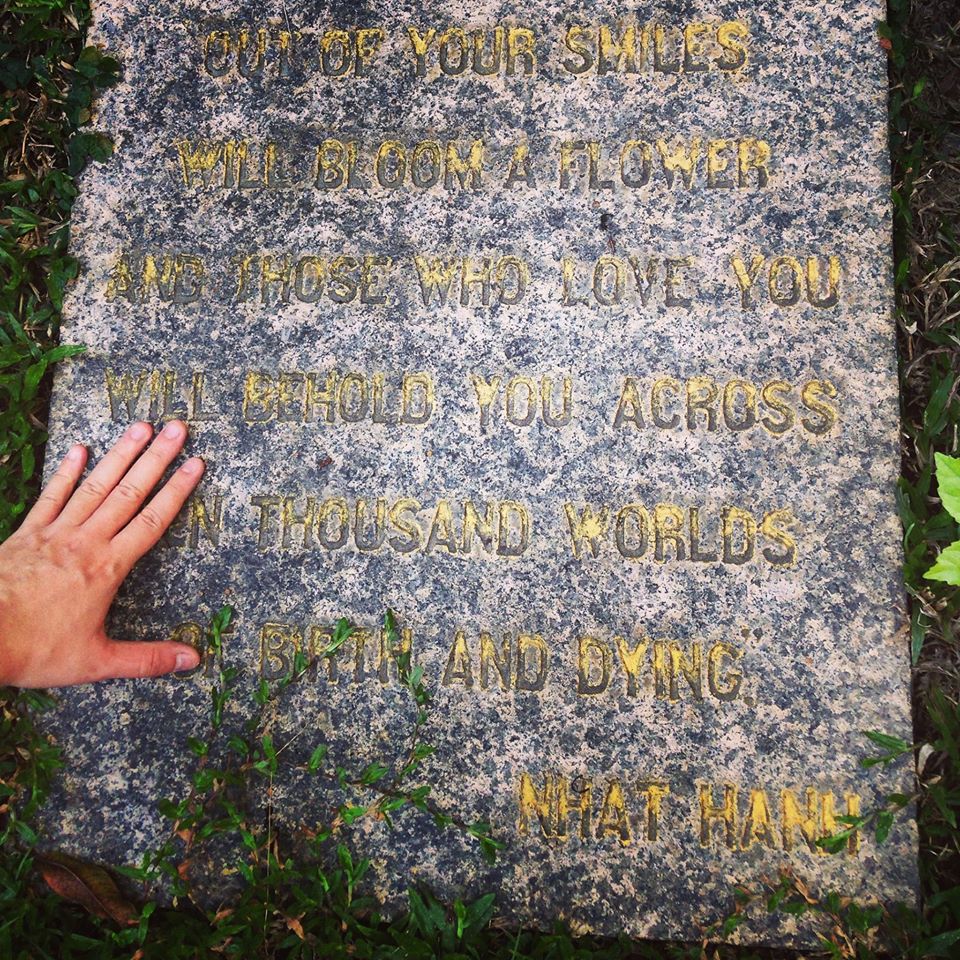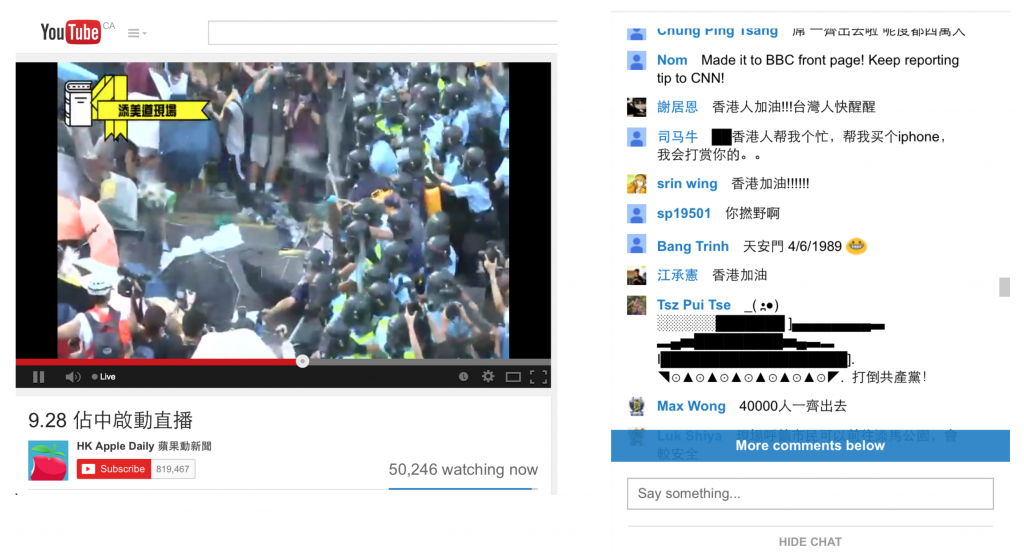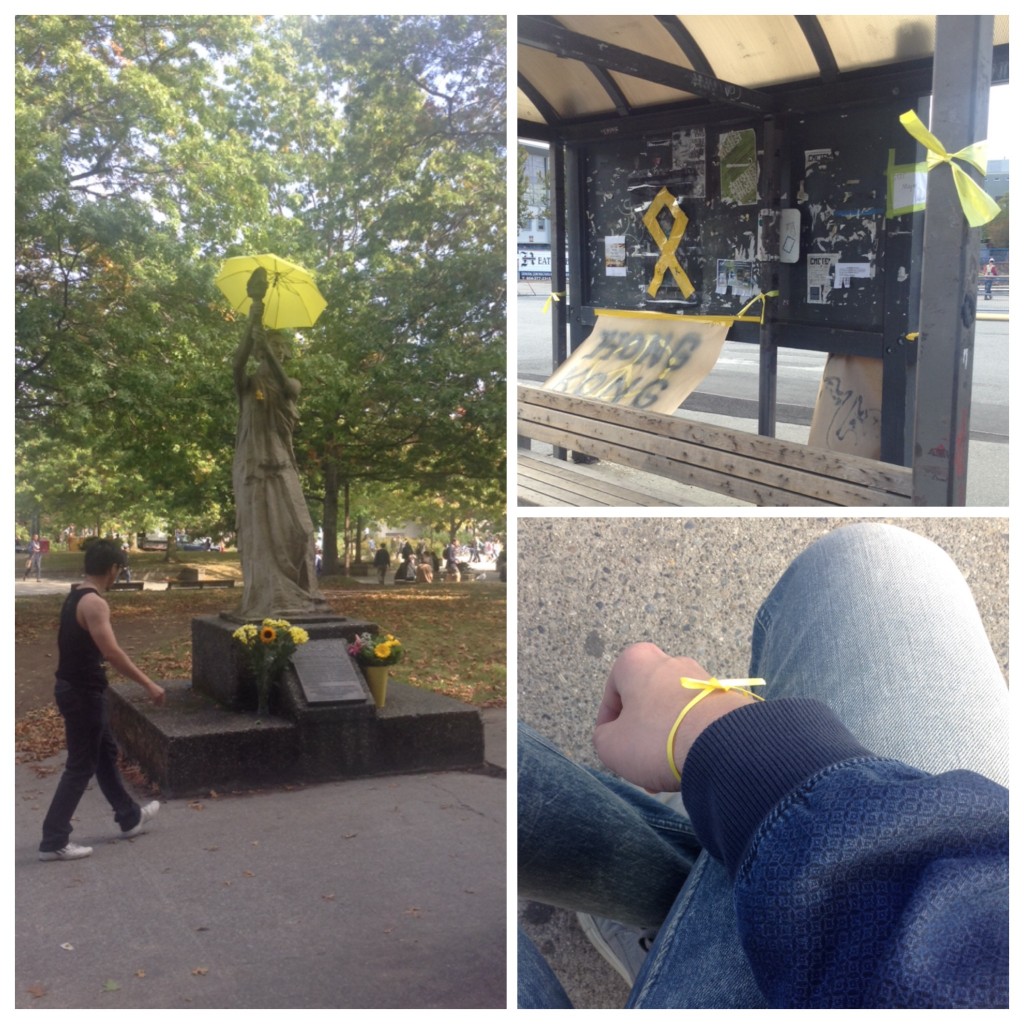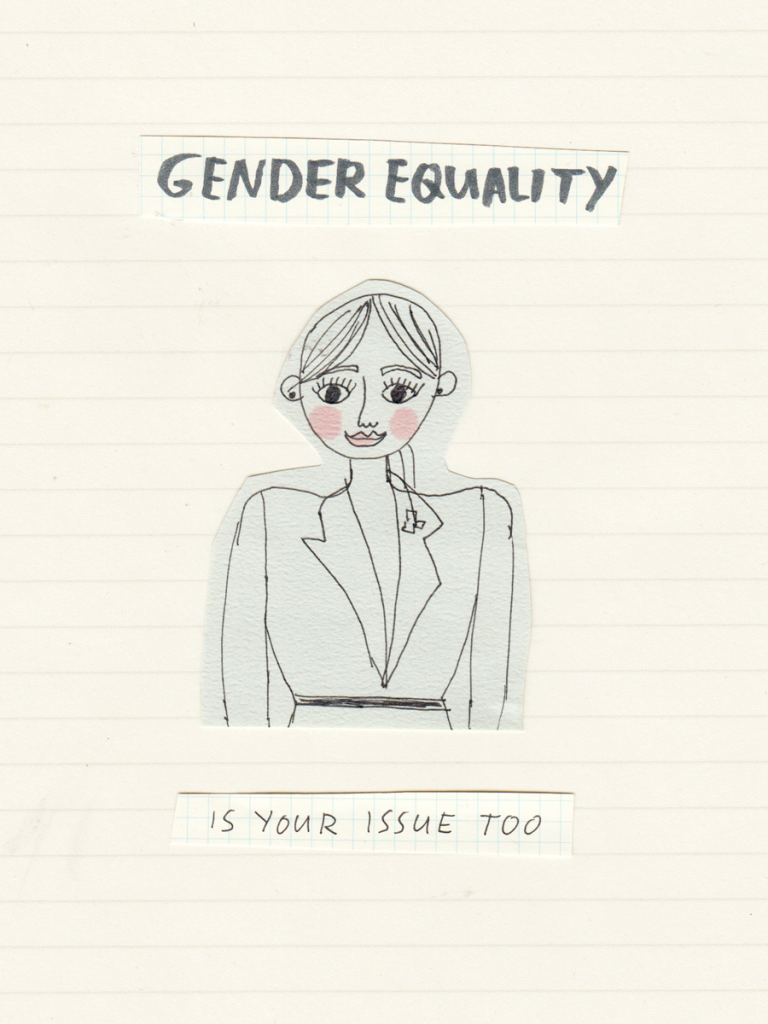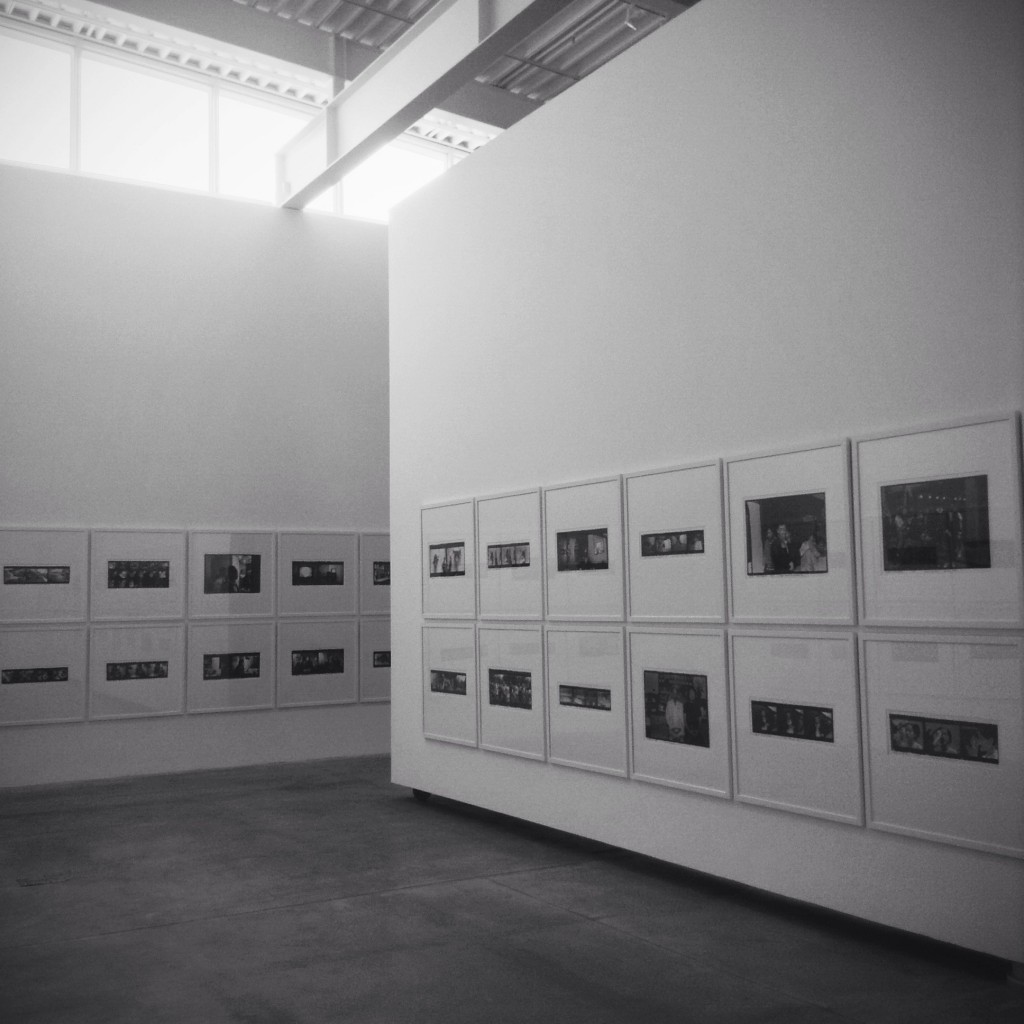Multi- and Inter-
The CAP Conference gave me an opportunity to reflect on the academic journey we have embarked since the beginning of the school year.
First off, I must mention the awesome presentation delivered by Vinson, Tara, Yael, Jeff. As we were already familiar their website in class, I was particularly curious in how their product would stand in connection with others in the same panel. The connections made were clear but surprisingly enough, that common pattern I observed was not on a thematic level. The papers’ presentation were what caught my attention.
We had a website, a conventional oral presentation aided virtually with powerpoint (Joey Chan with “But I Have Nothing to Hide! A Look Into Internet Surveillance”) and a video (“Starbucks: More than just Coffee” by Rohina Dsass, Anna Zharkova, Eunice Choi, Carissa Kirk, Cynthia Dobroszek).
I notice a multimedia approach in delivering knowledge that is closely supported by technology. The prefix “multi-” is obvious here in my opinion. Each works is equipped with multiple convenient tools: Weebly for setting up websites, Powerpoint for visualizing presentations and (possibly) Adobe After Effects for video editing. Of course, multiple forms of information are employed. The prevalent form is still text, then pictures that including photographs and maps. The audiovisual landscape is further enhanced with video (motion picture + music/sound + voiceover).
Not only their presentations are somehow connected. I find that the papers pretty much use sources from interdisciplinary subjects. For instance, “Remembering the Street Newspaper” requires knowledge from archival studies, history, and geography (notice the use of Google Maps). In “But I Have Nothing to Hide!” I would say the author had to look closely at media studies, journalism (Greenwald a very influential journalist in internet privacy was referenced) and even a bit of research law to declassify those invasive privacy Acts. For the Starbucks video, their approach needs to draw information from human geography, political economics, etc. so as to question the unfair coffee trades. I now notice the prefix “inter-“
It is interesting to see how the multi’s and the inter’s have created for first-year students a study environment, which in my opinion is the future of pedagogy/education.
This is the moment I feel so glad being a part of CAP.


